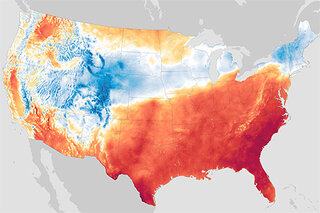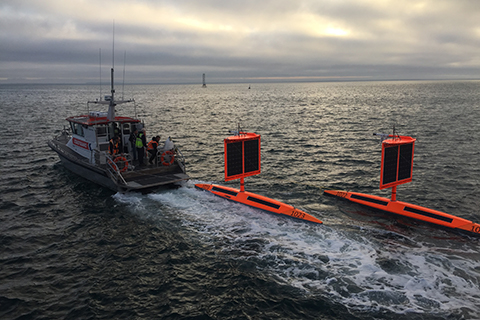
Despite a run-in with an iceberg and the world’s worst sailing conditions, Saildrone 1020 successfully completed its 13,670-nautical-mile journey around Antarctica, and indicated that parts of the Southern Ocean emit carbon dioxide in winter.
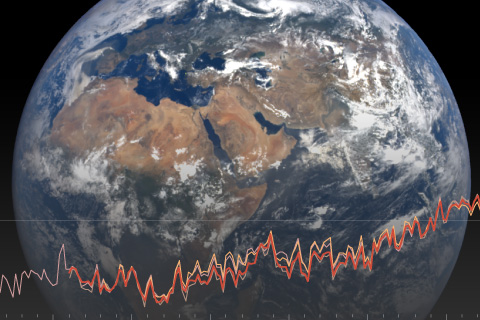
International, authoritative climate report states 2018 was the fourth warmest year on record.

American Eunice Foote was an amateur scientist and women's rights pioneer from the mid-1800s whose experiments foreshadowed the discovery of Earth's greenhouse effect.

During active hurricane eras, a persistent zone of high vertical wind shear along the U.S. East Coast provides protection from rapidly intensifying hurricanes. With high emissions, that shear is projected to relax.
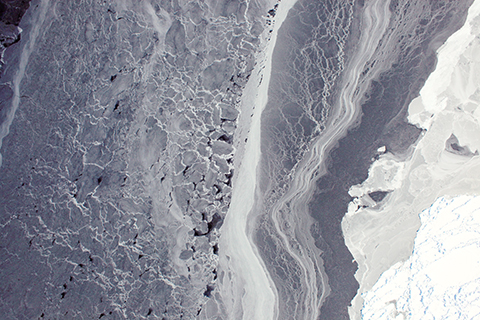
Antarctic sea ice extent hit a record low extent in February, but thanks to large natural variability from year to year, experts say there is still no long-term trend.

Antarctica has not responded as quickly to climate change as the Arctic, but Earth’s southernmost continent is still losing ice. Ice shelf disintegration and glacier acceleration in Antarctica could raise global sea level significantly, and the effects would be keenly felt along U.S. coastlines.
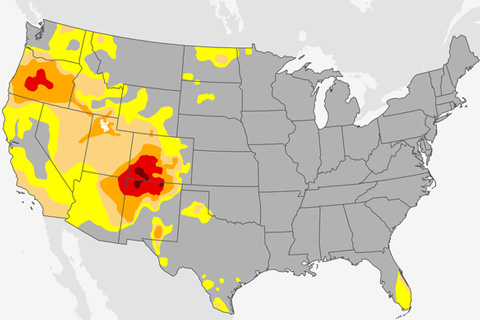
Stubborn drought affected the U.S. Southwest and Four Corners region throughout 2018, stressing water supplies, agriculture, and natural ecosystems.
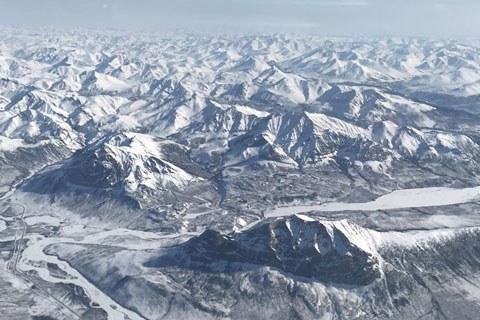
From declining reindeer populations to a younger, thinner ice pack, here are four image-based stories from the 2018 Arctic Report Card.
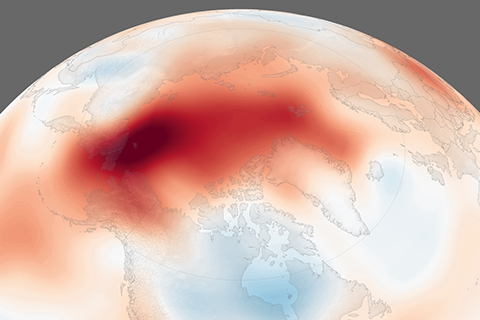
September 2018 was the second-highest on record, and all five years since 2014 have been warmer than any prior records.
